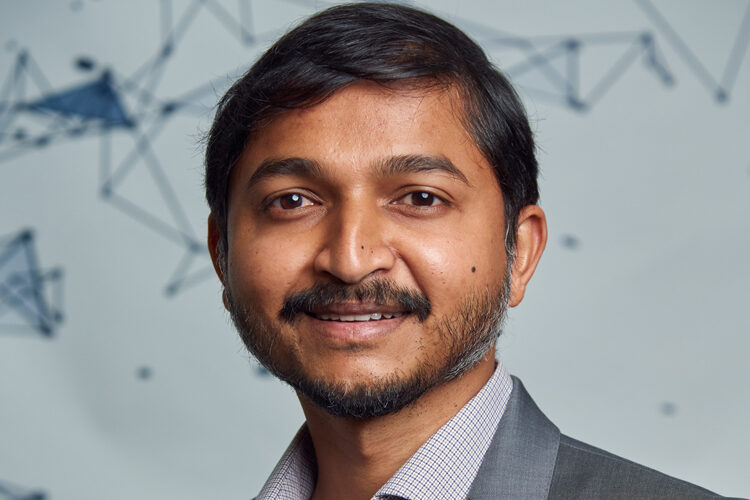IMDEA Networks

Event Category: External Presentation (IN Speaker)
Tech adoption scenarios for future 6G networks
In the ever-evolving landscape of the AI technology, we invite you to witness how the pioneering advancements within the MAP...
Read more arrow_right_altStatistical Age-of-Information Bounds for Parallel Systems: When Do Independent Channels Make a Difference?
The Age of Information (AoI) metric measures the freshness of status updates for monitoring and feedback in networked systems. It...
Read more arrow_right_altTry IT! congress 2023
IMDEA Networks will attend the Try IT! congress organized by DA-ETSIINF in collaboration with ACM-UPM and the ETSI Informáticos and...
Read more arrow_right_altKeynote: Millimeter-Wave Joint Communication and Sensing
The high bandwidth available at millimeter-wave frequencies allows for very high data rates, and at the same time enables highly...
Read more arrow_right_altNovel machine learning techniques to improve the forecasting of stroke postinterventive outcomes
Strokes are acute medical conditions in which poor blood flow to a part of the brain results in neuronal death....
Read more arrow_right_altTry IT! Congress
IMDEA Networks will participate in the Try IT! congress organized by DA-ETSIINF in collaboration with ACM-UPM and the ETSI Informáticos...
Read more arrow_right_altDistance-biased Sampling of Networks
Sampling a large network with a given distribution has been identified as a useful operation to build network overlays. For example, constructing small world network topologies can be done by sampling with a probability that depends on the distance to a given node. In this talk we describe algorithms that can be used by a source node to randomly select a node in a network with probability distributions that depend on their distance.
Read more arrow_right_altBASICS: Scheduling Base Stations to Mitigate Interferences in Cellular Networks
The increasing demand for higher data rates in cellular network results in increasing network density. As a consequence, inter-cell interference is becoming the most serious obstacle towards spectral efficiency. Therefore, considering that radio resources are limited and expensive, new techniques are required for efficient radio resource allocation in next generation cellular networks. In this paper, we propose a pure frequency reuse 1 scheme based on base station scheduling rather than the commonly adopted user scheduling. In particular, we formulate a base station scheduling problem to determine which base stations can be scheduled to simultaneously transmit, without causing excessive interference to any user of any of the scheduled base stations. We show that finding the optimal base station scheduling is NP-hard, and formulate the BASICS (BAse Station Inter-Cell Scheduling) algorithm, a novel heuristic to approximate the optimal solution at low complexity cost. The proposed algorithm is in line with the ABSF (almost blank sub-frame) technique recently standardized at the 3GPP. By means of numerical and packet-level simulations, we prove the effectiveness and superiority of BASICS as compared to the state of the art of inter-cell interference mitigation schemes.
Read more arrow_right_altInsomnia in the Access or How to Curb Access Network Related Energy Consumption
Access networks include modems, home gateways, and DSL Access Multiplexers (DSLAMs), and are responsible for 70-80% of total network-based energyconsumption. In this paper I'll take an in-depth look at the problem of greeningaccess networks, identify three root problems, and propose practical solutionsfor their user- and ISP-parts. On the user side, the combination of continuous light traffic and lack of alternative paths condemnsgateways to being powered most of the time despite having Sleep-on-Idle (SoI) capabilities.
Read more arrow_right_altBrief Announcement: B-Neck - A Distributed and Quiescent Max-min Fair Algorithm
In this brief announcement we propose B-Neck, a max-min fair distributed algorithm that is also quiescent. As far as we know, B-Neck is the first max-min fair distributed algorithm that does not require a continuous injection of control traffic to compute the rates. When changes occur, affected sessions are asynchronously informed, so they can start the process of computing their new rate (i.e., sessions do not need to poll the network for changes). The correctness of B-Neck is formally proved, and extensive simulations are conducted. In them it is shown that B-Neck converges relatively fast and behaves nicely in presence of sessions arriving and de- parting.
Read more arrow_right_alt










Recent Comments